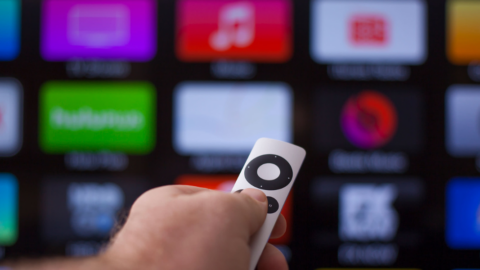Marketers love influence as an authentic way to connect with people.
The big question, for marketers and would-be influencers, though, is how do influencers get paid for their efforts?
So let’s take a look at some of the common (and not so common) ways influencers get paid including through affiliate links, one-time payments, in-kind rewards, tiered payments and even as a percentage of sales.
There is no one answer for the best way for influencers to get paid so we’ll discuss the advantages and disadvantages of each approach so you can decide what makes most sense for you.
Affiliate promotion
Affiliate marketing is when a person shares a brand or product in exchange for a cut of the sale. In influence marketing, influencers are given a special link or code to share with their followers and receive a commission for each sale or action.
This approach establishes a clear connection between the influencer’s promotion and the sale. Influencers don’t “leave money on the table” by taking a lump sum for a campaign that converts and brands only pay for actual conversions. In other words, affiliate promotion can be advantageous for both the influencer and the company.
Total Payment
Lump sum payment is another common way influencers get paid. This is arguably the simplest approach; the content creator receives a set payment for a particular campaign or piece of content.
Paying out as a lump sum lets businesses budget for influencer marketing costs predictably. Content creators benefit from this simplicity in their budgeting too; there’s no longtail to chase.
Product compensation
In exchange for their promotion, the influencer receives the product they are promoting when they are paid in products, which is known as product payment.
Where compensation in-kind is a more formal arrangement, product compensation could also be called “sending content creators free stuff in the hopes that they’ll talk about it.”
This is a relatively simple way for businesses to reach out to influencers but there’s often no explicit guarantee the content creator will cover your product. Brands also need to be prepared to field a lot of no’s. Generally, smaller influencers are more likely to engage as products can mean content, reviews or even give-aways.
Percent of sales
Paying an influencer a portion of the sales that are made as a direct result of their marketing efforts is another option. This type of engagement would typically look a lot like an affiliate engagement with unique links and promo codes for the influence content creator’s exclusive use. Instead of a set amount of compensation per purchase though, the influence content creator would receive a cut of the total sales amount.
This method introduces variables for both the brand and the influence content creator. Incentivizing content creators in a way that encourages them directly to drive sales is both a good and bad thing. If not done carefully, it may compromise the authenticity of the engagement.
Conclusion
How influencers get paid is a key factor to consider when creating an influence marketing campaign. The best option for your brand will depend on your budget, objectives and the types of influence content creators you’d like to partner with.
When reaching out to influence content creators, have a strong idea of what your ideal engagement and how compensation would be structured but be open to a clear compensation conversation based on the content creator’s experience and preference.





